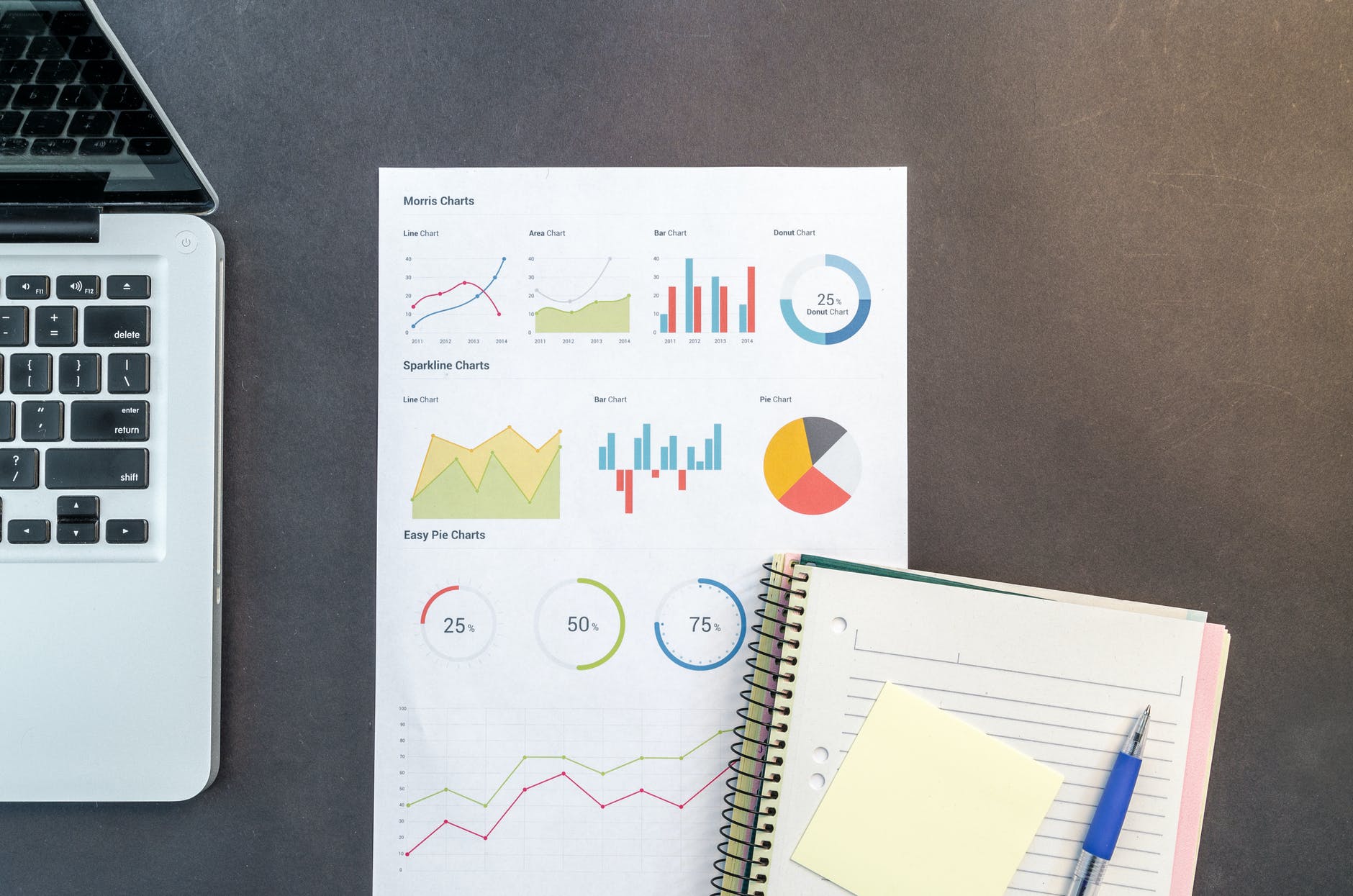When we’re looking at building a budget there’s no right or wrong way to do it. The main purpose is to give yourself a plan to make future decisions. A budget looks at the decisions you’ve already made, each time you’ve spent money, and plans for the decisions you will make, money you are planning to spend.
I thought it might be helpful to take a look at a sample, so let’s start off with a list of expenses. As an example here’s an example credit card statement.
| Date | Store | Purchase Amount |
| 01/05/2022 | The Grocery Store | $230.00 |
| 01/06/2022 | The Coffee Shop | $5.50 |
| 01/06/2022 | The Sandwich Shop | $18.50 |
| 01/07/2022 | Streaming Service | $19.99 |
| 01/10/2022 | Cable Company | $150.00 |
| 01/12/2022 | Cell Phone Provider | $100.00 |
| 01/13/2022 | The Coffee Shop | $5.50 |
| 01/13/2022 | The Furniture Store | $1,200.00 |
| 01/13/2022 | The Movie Theatre | $51.50 |
| Total: | $1,780.99 |
As we can see from the above example, a credit card statement can be more then just day to day expenses. We’ve got a few regular bills in there, we’ve got a large purchase of durable goods, and we’ve got some day to day expenses. So looking at a credit card as one bill might not be helpful.
So let’s take the above statement and break it down into a few categories to make this more useful.
| Category | Total ($) |
| Groceries | $230.00 |
| Eating Out | $29.50 |
| Entertainment | $71.49 |
| Utilities | $250.00 |
| Large Purchases | $1,200.00 |
Now we’ve got a better idea about how our credit card bill was actually spent. For this example, there’s a large purchase at a furniture store, it’s not likely you’re going to be buying a new chair every month so we wouldn’t want to include that as a regular expense on our budget.
This also removes a bit of the specific decision making that goes into this, as I talked about on the podcast there can be a lot of negative emotions that go into budgeting and breaking things into categories disconnects the feelings around a certain purchase and puts it into a general pot that you can make decisions with.
We can repeat this process with our other statements, bank accounts, and cash purchases to combine them into one table to show our expenses. If we then take that over a few months or longer you can start to see patterns emerge.
If you spend around $300.00 per month on entertainment each of the last six months, then there’s a pretty good likelihood you’ll do it again next month. Budgeting is about patterns, the main thing isn’t to determine exactly how much you can spend on coffee each month, but what sorts of things do you generally spend money on, and then determine if that fits with what you’d like to be doing.
Let’s take a look at an example budget then:
| Category | Total ($) |
| Housing Costs (mortgage/rent, property taxes, maintenance) | $1800.00 |
| Groceries | $650.00 |
| Eating Out | $150.00 |
| Utilities (cable, internet, electricity, water) | $450.00 |
| Entertainment | $400.00 |
| Larger Purchases (travel/vacations, furniture, etc.) | $150.00 |
| Regular Savings (Retirement, children’s education, new vehicle, etc.) | $300.00 |
| Total: | $3900.00 |
| After Tax Income | $4000.00 |
| Budget Surplus/Shortfall | $100.00 |
From this we can make decisions, are we happy with the amount of spending? Do we think we’re getting the most out of our money? In this case the budget works out but if it doesn’t then what can you cut out?
Budgets are about empowering you to make better decisions for yourself. If you want to hear more about how to approach budgeting I’ve created several podcasts on the subject.
